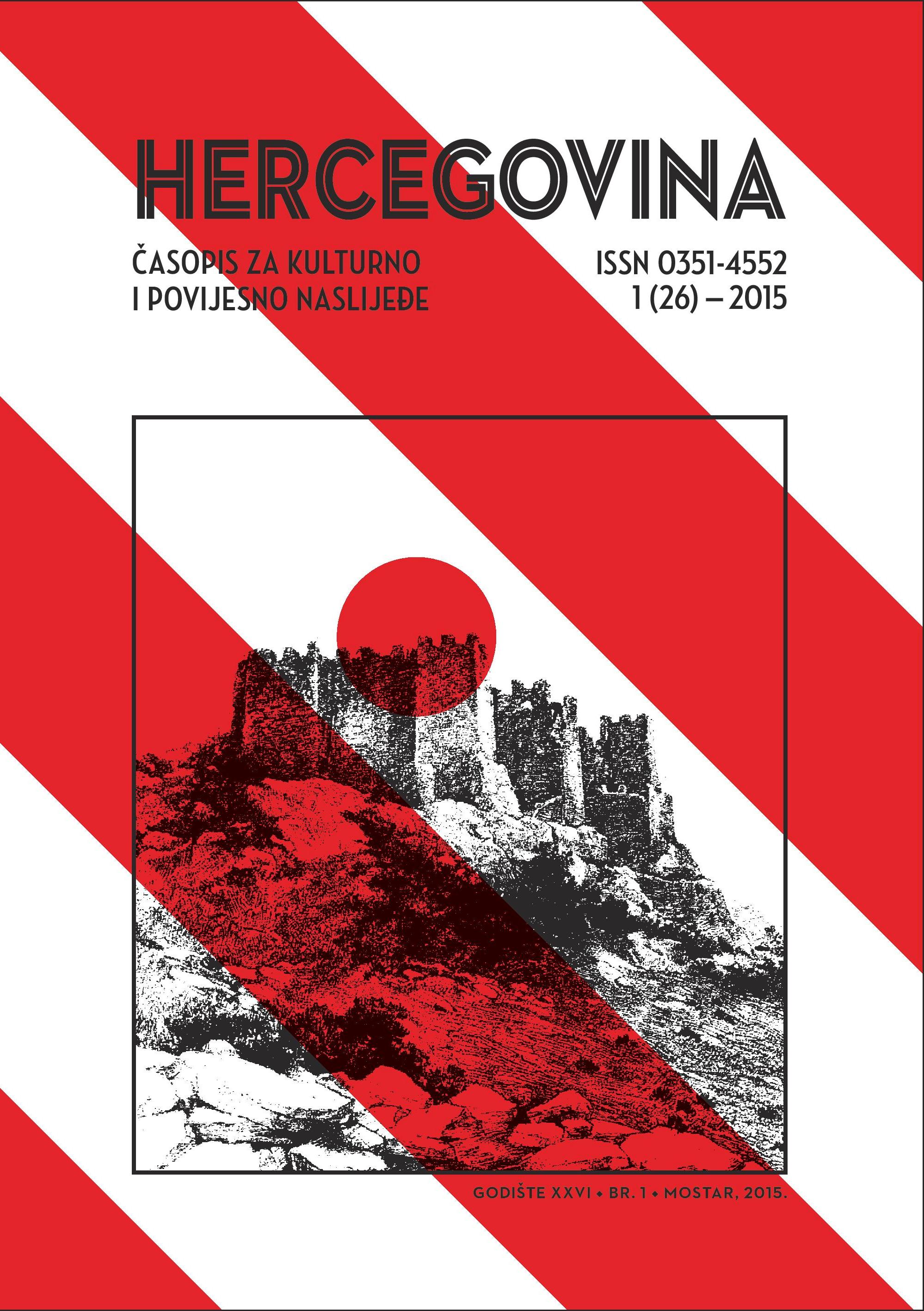Od zemlje do Kraljevstva
Mjesto Bosne u strukturi archiregnuma
From land to kingdom
Position of Bosnia within the structure of Archiregnum
Author(s): Mladen AnčićSubject(s): History, Cultural history, Diplomatic history, Economic history, Political history, 15th Century
Published by: Filozofski fakultet Sveučilišta u Mostaru
Keywords: Bosnia; the Hungarian-Croatian Kingdom; dynastic state; political concepts
Summary/Abstract: The author discusses the complex problem of primarily political relations between Bosnia (the Bosnian Banate, later on the Bosnian Kingdom) and Hungary (the Hungarian-Croatian Kingdom). Prior to explaining his own view, the author criticizes the work of Dubravko Lovrenovic, taking it as an example of approach to the historical analysis of a school developed during the 20th century and provisionally called "the Belgrade-Sarajevo school". In the second part of paper the author, referring to the concept of Archiregnum Hungaricum, defined as "dynastic (super) state", analyzes oldest written records that shed light on the relations of the Hungarian-Croatian kings with Bosnia. In that regard, he tries to define the concept of "land" (terra, Land) calling upon the ideas of Otto Brunner and using them as tool in the analysis of relevant sources from the 12th and 13th centuries. Based on this analysis the author draws conclusions about transformation of the Bosnian Banate in the framework of dynastic (super) state, seeing it as a conglomerate of "lands" ruled by the Kotromanic dynasty, otherwise descendants of certain "Kotroman Got" who was installed as 'ban' by the intervention of the royal authority in the late 12th or early 13th century.The author accepts the view that the "land" Rama, which was present in the style of Hungarian-Croatian kings from the 30s of the 12th century, was not the same as "land" Bosnia of that time. Consequently, equation of those geo-political terms happened only at the beginning of the 15th century due to the fact that the central authority managed to largely integrate the old "lands" and abolish their political independence. In the third part of the paper the author analyzes how this complex system worked in the 15th century using the data that concern the course of events from 1435 and 1436. He uses the example of (unsuccessful) attempt of the Emperor and King Sigismund to organize a system of defense against the Turks on his western flank (from Bosnia to Albania). The relationship between the political center and periphery is portrayed through (unsuccessful) appropriation of the old principality of Hum (already integrated into the political framework of Bosnian Kingdom). At the same time the author tries to pinpoint mental pictures regarding "constitutional order" of Archiregnum based on the historical experience as well as trying to discern how they have influenced the practical actions of actors. In that vein he also warns that various ways of interpreting experience with differences in thought schemes derived through those processes was one of the main reasons for the failure of the planned venture. However the acceptance of the main schemata defining position of Bosnian Kingdom in the political framework of Archiregnum is illustrated through the analysis of the short visit of Bosnian King Tvrtko II to the Hungarian court at the beginning of 1436. In conclusion the author defines the Bosnian king as hereditary official of the royal apparatus of government who, apart from fulfillment of certain obligations to the political centre (many of which had a ritual dimension), really ruled autonomous political formation - the Bosnian Kingdom. Acceptance of such a position on the part of Bosnian rulers resulted in the possibility of constant expansion of the territory under the practical rule of the Bosnian king.
Journal: Hercegovina. Časopis za kulturno i povijesno naslijeđe (Do 2018)
- Issue Year: 26/2015
- Issue No: 1
- Page Range: 9-88
- Page Count: 80
- Language: Croatian

